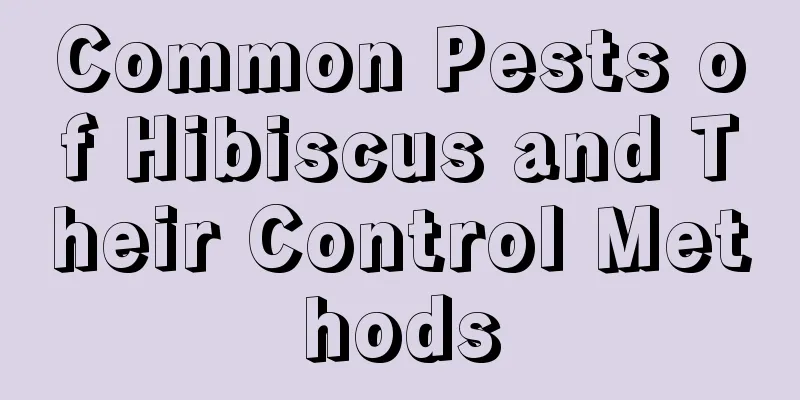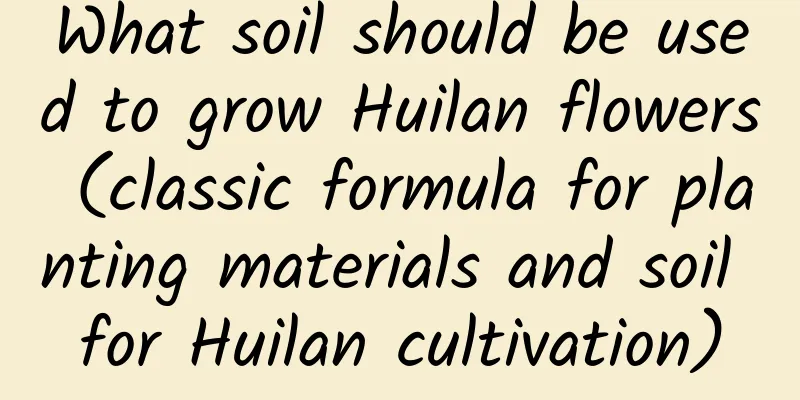Common Pests of Hibiscus and Their Control Methods

Red SpiderIt mainly harms the back of leaves. Prevention and control methods: After discovery, wash the whole plant with water, and then spray the mite-killing agent, such as Mite-Clean, Mite-Keeper, etc. WhiteflyIt mainly parasitizes on the back of leaves, piercing into the leaf flesh to suck its juice, which will cause the leaves to curl, turn green and yellow, or even dry up and fall off. Prevention and control methods: Spray with 1500 to 2000 times diluted 25% cypermethrin wettable powder, and spray again after 15 days depending on the insect situation, or spray with 2000 times diluted 10% imidacloprid wettable powder. As long as the adults and larvae are killed, the dirty mold layer on it will soon disappear as you increase ventilation and light, and spray water repeatedly. Under home cultivation conditions, when the adult insects are flying around, you can try spraying them with mosquito repellent, then gently wipe off the mold layer on them with a wet cloth, strengthen water and fertilizer management, and the plants will quickly recover. Scale insectsIt mainly harms stems, petioles, etc., and has different sizes, colors, and shapes, such as round and oval. Prevention and control methods: You can use a toothbrush to brush it off or wipe it clean with a rag, or you can spray laundry detergent, wind oil, or pesticides such as cypermethrin for prevention and control. Root-knot nematode diseaseWhen observing the above-ground part of the disease, the leaves initially grow weak, reddish-brown spots appear on the edges and spread inward, and later the leaves dry up and fall off. If you observe from the underground part, you will find large and small nodules appearing between the roots of the plant. They are smooth and flesh-colored at first, and rough and brown in the later stage. |
<<: What to do if rosemary has bugs
Recommend
The meaning of succulent plants
1. Different varieties have different meanings Th...
Where is the best place to grow Hericium erinaceus?
Hericium erinaceus cultivation conditions Hericiu...
Taboos of growing white chrysanthemum in winter
Characteristics of White Chrysanthemum First, we ...
In which month do chrysanthemums bloom?
Chrysanthemum is one of the ten traditional famou...
How many pounds of bitter melon can be produced per mu?
Bitter melon yield per mu Bitter melon is a high-...
Black bean planting time and method
Black bean planting time Black beans are more sui...
What to do if the hydrangea leaf tips dry up
1. Reduce the amount of fertilizer Reason: When f...
How to care for goldenrod potted plants
1. The habit of this plant Because it is a tropic...
Can black beans be grown in the soil?
Can black beans be planted in the soil? Black bea...
Can green radish be grown in sand?
1. Is it possible? Green radish can be grown in s...
Bitter melon planting technology
1. Soil selection Before planting, you must first...
Is ginkgo the fruit of ginkgo?
1. Is it The fruit consists of two parts: seeds a...
Which month is the best for pruning roses? The most suitable pruning season and time
Rose pruning time Roses can be pruned all year ro...
Just sprinkle some ash, all the bugs will die, and the flowers will grow wildly and burst out of the pot!
plant ash Wood ash is the ashes left after burnin...
When is the best time to transplant crabapples (management methods for transplanting crabapple trees)
Begonia has beautiful flower shapes and bright co...









